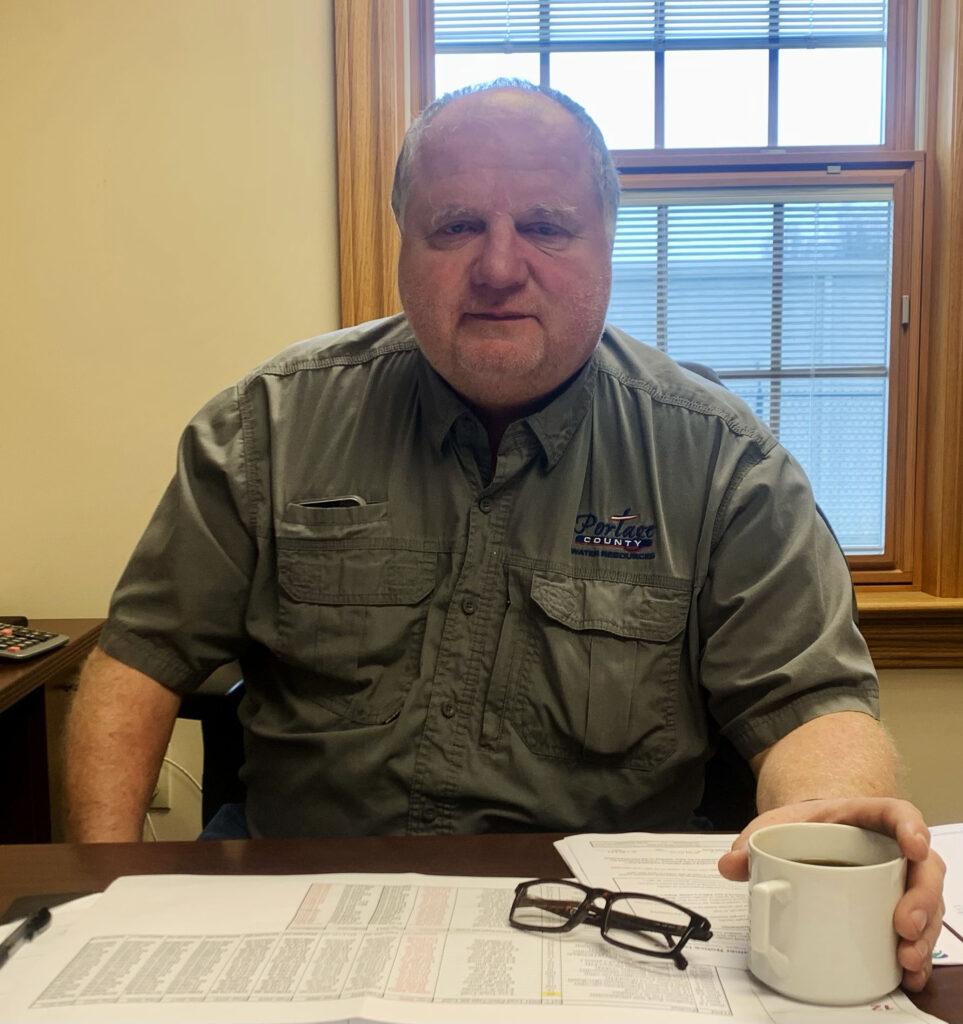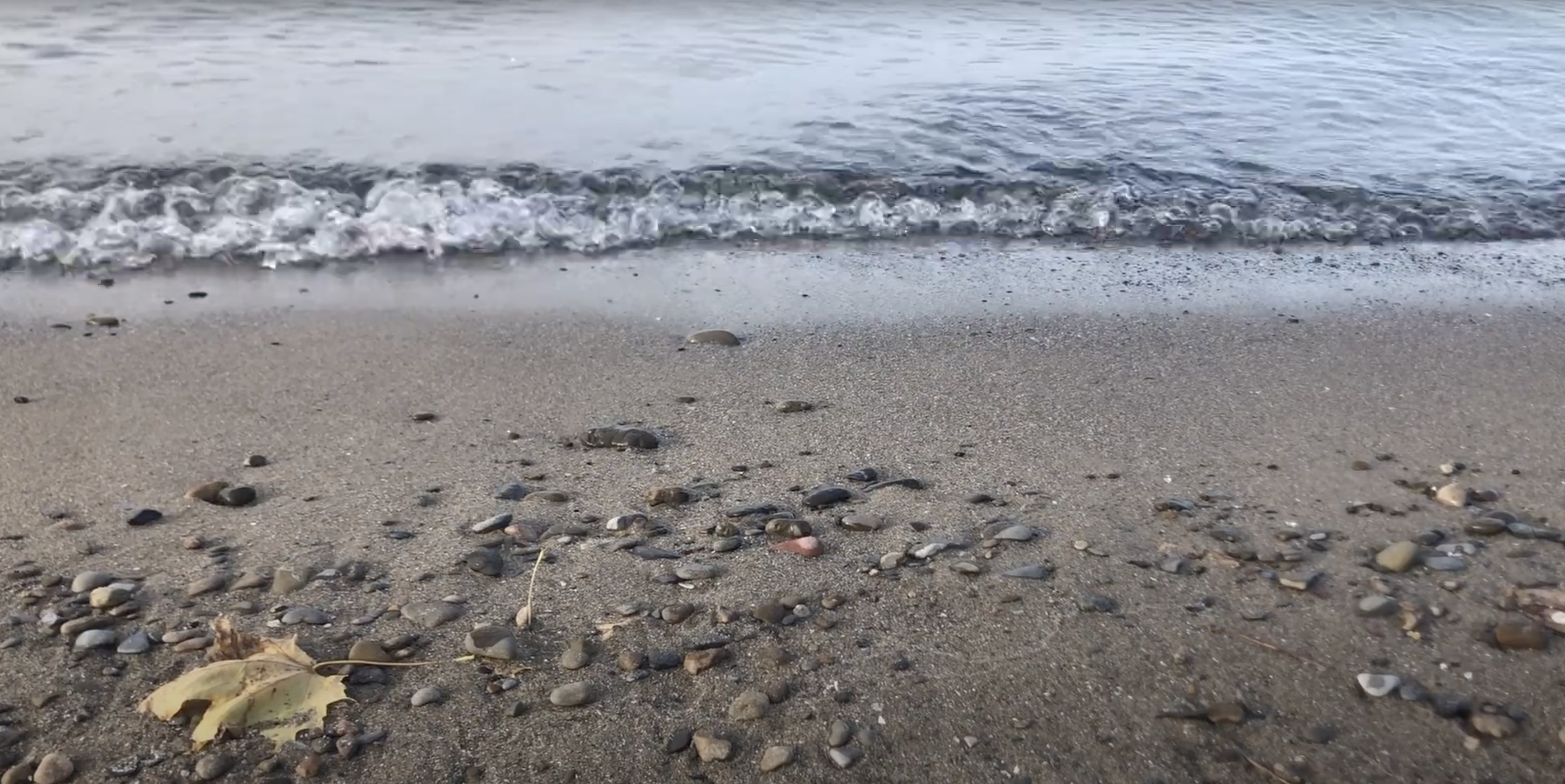Portage County’s water system, sources and pipes
The Portage County water system has a relatively new history. While the cities and suburbs of Portage County have been around for a while, a centralized water system has not.
The water supply in Portage County’s cities and suburbs all come from wells, except for Ravenna, which uses surface water.
There are five water treatment plants in Portage County: Shalersville, Brimfield, Rivermoor, the City of Ravenna Water Connection and Mantua.
“Well water is easier to treat,” said Donald Macko, the water treatment superintendent for Portage County. “First of all, you don’t start off with any bacteria. All your wells are clean. There are still minerals in the water, everything does not get filtered out.”

Well water picks up calcium magnesium, which gives it a little hardness. Surface water is generally more soft because it is made up of rainwater and runoff. Surface water is harder to treat, meaning that certain issues such as taste and odor may come up with surface water that would not with well water, Macko said.
In Kent, the water is treated at a lime soda softening plant, which adds lime and soda ash to soften the water.
“Lime is used to remove chemicals that cause carbonate hardness. Soda ash is used to remove
chemicals that cause non-carbonate hardness,” according to the Minnesota Rural Water Association.
The water in Kent has fewer minerals that would cause an odor or taste problem, Macko said.
“Kent is very protective of its water,” said Rhonda Boyd, the senior engineer for the city of Kent. “And if you compare our water to surrounding communities, we don’t really have a taste or odor issue like a lot of surface water would. We have extremely high quality water and have won awards in the past for the best tasting water.”
Portage County’s pipes and water lines
In Portage County, pipes are tested regularly to see if a coating of calcium is building up along their inner lining. This coating protects the pipes in the homes of county residents and it also protects the water from picking up any lead or copper, Macko said.

“As long as you have that coating on there, that means the water’s not coming in contact with any lead on the pipes or any copper around the pipes,” Macko said.
As far as lead pipes and service lines go, Macko is not aware of any in Portage County.
In Kent, the pipes are tested once every three years, said Boyd.
“Our requirements through the Ohio EPA are way reduced than most because we’ve never had an incident of lead,” Boyd said.
The general requirements for the control of lead and copper in Ohio can be found on the Ohio Laws and Administrative Rules website.
In older cities, such as Akron and Cleveland, lead pipes were used a long time ago, but all cities had to stop by when because of federal legislation.
“They were mostly used on service lines that went to the homes because they were cheaper to put in,” Macko said. “They lasted a while and nobody realized that it’s not good to put in your drinking water.”
In Flint, Michigan, for example, the water crisis did not start from lead in the ground or surface water. Rather, it began when the city switched its water source. The new water source was much more aggressive, which stripped the pipes of any sort of coating and allowed lead to enter the water, Mako said.
When a water source is aggressive, it means the water will “dissolve materials it comes in contact with,” according to Drinking-Water.org. So, while aggressive water sources come into contact with metals in pipes, it will dissolve those metals, which can lead to water and health problems.
The new water system and where it runs to
Portage County’s water system is on the newer side compared to areas such as Cleveland and Flint. This does not mean the cities in Portage County are necessarily newer than other cities, just that the water system connected the cities is relatively new. This meant that the people living outside of the cities now had a centralized water system.
“Portage County started its own water plant and started serving customers that were in the county, but weren’t in cities,” Macko said. “Cities like Kent and Ravenna had their own systems, but there were people outside the cities. If somebody is outside the city and they want water service, the city wants them to annex in to make the city grow. However, Portage County said, ‘okay, we’ll start putting the blinds in.’ So we put a plan in and then we just expanded from there.”
The Portage County water system was created in the 1970s, Macko said. The latest addition to the Portage County water supply is Mantua.
With the water system being so new, Macko said Portage County is using a lot of c-900 pipes, which is plastic piping. In new homes and new construction, Macko is seeing plastic piping being used much more often.
“You don’t have to worry about the lead and copper because you’re using plastic,” Macko said.
